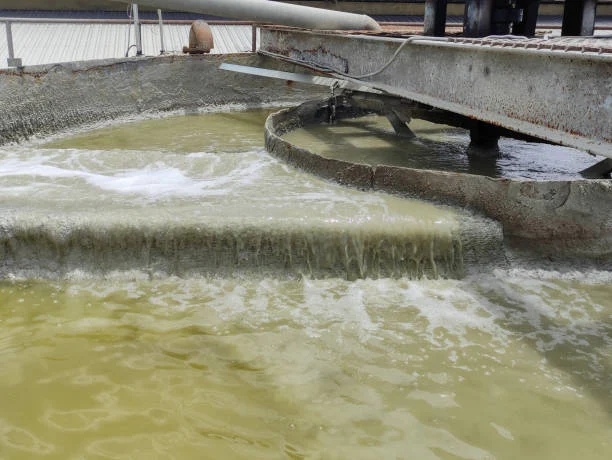
In the gold mining industry, the all - slime cyanidation process is widely used for gold extraction. However, the tail water generated from this process has long been a concern due to its complex composition and potential environmental impact. This article focuses on introducing a new process for the comprehensive recovery of tail water in the all - slime cyanidation process, aiming to achieve both resource utilization and environmental protection.
1. Background of All - Slime Cyanidation Tail Water
The all - slime cyanidation process involves adding activated carbon to the pulp while simultaneously conducting leaching and gold adsorption. Although it is efficient for gold extraction, the resulting tail water contains various harmful substances. The main components in the cyanide - containing tail water from the all - slime cyanidation process include free cyanide (CN⁻), hydrocyanic acid, copper cyanide complex Cu(CN)₄²⁻, zinc cyanide complex Zn(CN)₄²⁻, ferricyanide complex Fe(CN)₃²⁻, thiocyanate (SCN⁻), and also a small amount of gold cyanide complex Au(CN)₂⁻ and silver cyanide complex Ag(CN)₂⁻. If this tail water is directly discharged without proper treatment, it will cause serious pollution to the soil, water sources, and harm to the ecological environment and human health.
2. Traditional Treatment Methods and Their Limitations
2.1 Direct Destruction Method
The direct destruction method, such as alkaline chlorination, ozone oxidation, electrochemical method, natural degradation method, hydrogen peroxide method, sulfur dioxide - air oxidation, and biochemical treatment, is mainly used to reduce the concentration of cyanide in the tail water. However, this method has significant drawbacks. The cost of directly destroying or eliminating sodium cyanide is relatively high, about \(0.5 - \)1.0 per kilogram. Moreover, although it can reduce the pollution degree of wastewater, it is seriously wasteful of resources and does not meet the development trend of clean production and the recycling economy. For example, in some traditional gold mines, large amounts of chemicals are consumed in the alkaline chlorination process to decompose cyanide, but valuable metal ions and cyanide resources in the tail water are not effectively utilized.
2.2 Existing Recovery Methods
Some existing recovery methods like acidification recovery, solution extraction, liquid membrane method, activated carbon adsorption, zinc sulfate - sulfate acidification, electrodialysis, and ion exchange resin method have been explored. Among them, the ion exchange method has the potential to recover both useful substances and reduce environmental pollution. For instance, as early as 1950. South Africa began to study the ion exchange process for the treatment of cyanide - containing wastewater in the gold industry, and the Soviet Union also started relevant research in 1960. In 1970. industrial plants were put into operation and achieved certain results. In 1985. Lakefield Research Co., Ltd. of Canada proposed the recovery of cyanide and its complex anions by the anion exchange resin method. However, in China, the research on the recovery of cyanide in gold extraction tailings by the ion exchange method has faced challenges. Although some semi - industrial tests, such as the one by Ying Haiyan in 1987 on treating electroplating cyanide wastewater with ion exchange resin, achieved a purification rate of Cu and CN⁻ over 95%, and Xu Kexian of Changchun Gold Research Institute conducted a series of studies on cyanide in resin adsorption and recovery of gold tail liquid and applied for a patent, due to problems such as various resins, complicated operation, and immature technology, these methods are still mainly in the laboratory or semi - industrial test stage.
3. Introduction to the New Comprehensive Recovery Process
3.1 Process Principle
The new process combines multiple advanced technologies. Firstly, it uses a specific ion - exchange resin with optimized functional groups. Through careful resin selection and functional optimization, the ions in the gold extraction tail liquid are transformed. The resin is designed to selectively adsorb valuable metal ions such as gold, silver, copper, and zinc cyanide complexes, as well as cyanide ions. After adsorption, a step - by - step desorption process is carried out. Different desorbing agents are used to separately desorb valuable metal ions and cyanide ions, achieving their separation and recovery.
3.2 Key Process Steps
3.2.1 Resin Pretreatment
The resin used in the process needs to be pretreated carefully. First, the resin is soaked in 4 - times deionized water for 16 hours to remove impurities on the surface. Then, it is washed with water until the water is clear. Next, 4 - times the amount of 1 mol·L⁻¹ NaOH is added, and the mixture is shaken at room temperature for 4 hours. After that, the lye is removed, and the resin is washed with water until phenolphthalein shows no color. Subsequently, 1 mol·L⁻¹ of HCl is added under the same conditions for 4 hours of stirring to remove the acid solution, and the resin is rinsed with deionized water until the addition of methyl orange makes the solution turn yellow. This process is repeated multiple times to ensure the resin is in an optimal state for ion exchange.
3.2.2 Adsorption Process
The pretreated resin is placed in an ion - exchange column. The tail water from the all - slime cyanidation process is passed through the column at a controlled flow rate. During this process, the resin adsorbs valuable metal cyanide complexes and cyanide ions from the tail water. The adsorption process is carried out under specific temperature and pH conditions to ensure high adsorption efficiency. For example, the temperature is maintained at around 25 °C, and the pH value of the tail water is adjusted to 8 - 9 before entering the adsorption column.
3.2.3 Step - by - Step Desorption
After the adsorption is completed, a step - by - step desorption process is initiated. For valuable metal ions, a desorbing agent with a specific composition is used. For example, a solution containing a certain concentration of acid and complexing agent is used to desorb gold and silver cyanide complexes. The desorbed valuable metal ions are then further processed through methods such as electrolysis to obtain pure metals. For cyanide ions, a different desorbing agent is used to desorb them from the resin. The desorbed cyanide solution can be treated and recycled for use in the cyanidation process again, reducing the consumption of new cyanide reagents.
4. Advantages of the New Process
4.1 Resource Recovery
The new process enables the efficient recovery of valuable metal ions from the tail water. Gold, silver, copper, zinc, and other metal ions that were previously wasted in the tail water can now be recovered and refined into pure metals, bringing additional economic benefits to the mining enterprise. At the same time, the recovery of cyanide ions allows for the recycling of cyanide in the cyanidation process, reducing the amount of cyanide that needs to be purchased externally, thus saving costs.
4.2 Environmental Protection
By comprehensively recovering valuable substances from the tail water, the new process significantly reduces the harmful substances in the tail water. The concentration of cyanide and heavy metal ions in the treated tail water can meet strict environmental discharge standards. This helps to protect the surrounding water sources, soil, and ecological environment, reducing the potential negative impact on the ecosystem and human health.
4.3 Cost - Effectiveness
Although the initial investment in the new process may include the cost of resin purchase, equipment installation for the ion - exchange system, and process control systems, in the long run, the economic benefits from resource recovery far outweigh the initial investment. The reduction in the purchase of new cyanide reagents and the recovery of valuable metals can bring substantial economic returns to the enterprise. For example, compared with traditional treatment methods, the new process can save tens of thousands of dollars per year in reagent costs and generate additional revenue from the sale of recovered metals.
5. Conclusion
The new process for the comprehensive recovery of tail water in the all - slime cyanidation process offers a promising solution for the gold mining industry. By effectively combining ion - exchange technology and optimized process steps, it can achieve both resource recovery and environmental protection goals. This not only helps mining enterprises to improve their economic efficiency but also makes important contributions to sustainable development in the mining industry. With further research and development, as well as the improvement of industrialization technology, this new process is expected to be widely applied in the gold mining industry in the future.
- Random article
- Popular articles
- Popular comments
- Arsenic Gold Ore Wet Chemical Pretreatment Process
- Laterite Nickel Ore Hydrometallurgical Process for Oxide Ore
- Radioactive beneficiation and flotation process for uranium ore
- Zirconium Ore Processing: Gravity Separation and Flotation
- Effective Gravity Beneficiation for Chromium Ore
- chrome ore processing:Advanced Magnetic Separation Processing Technology
- Antimony Ore Hand Picking Process for Color Sorting

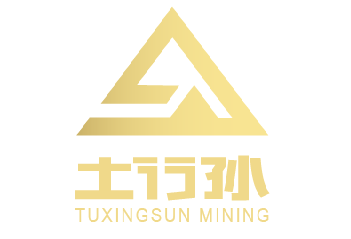

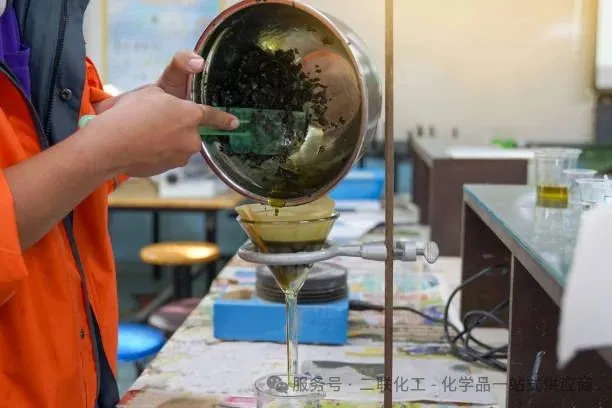

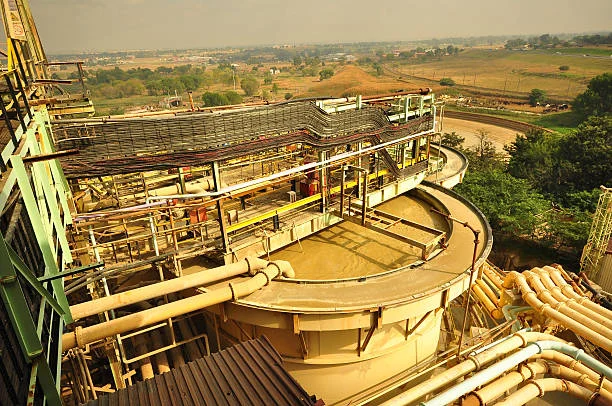
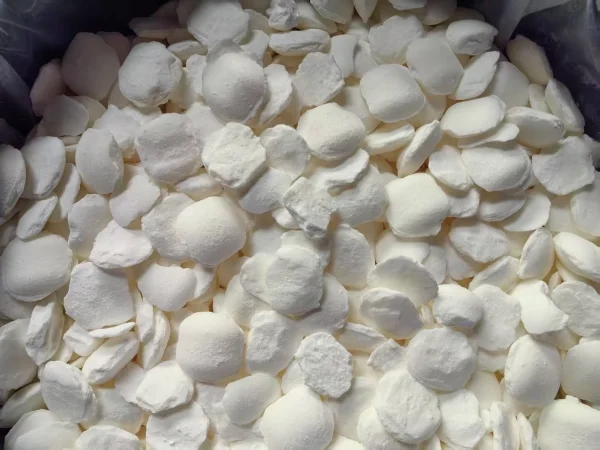
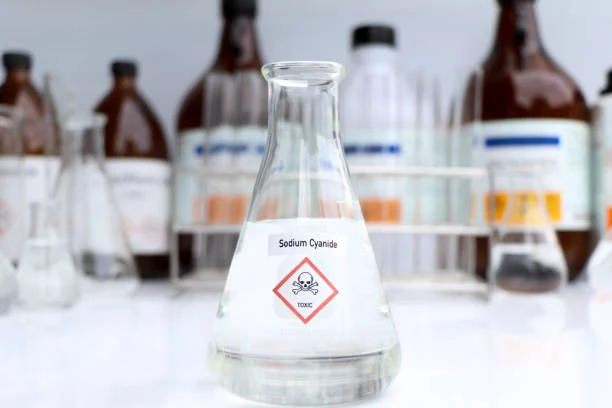
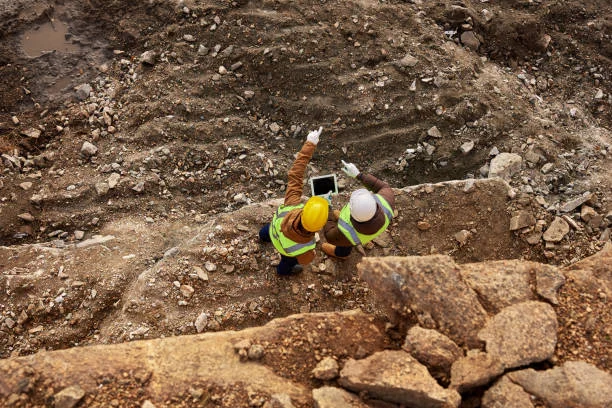
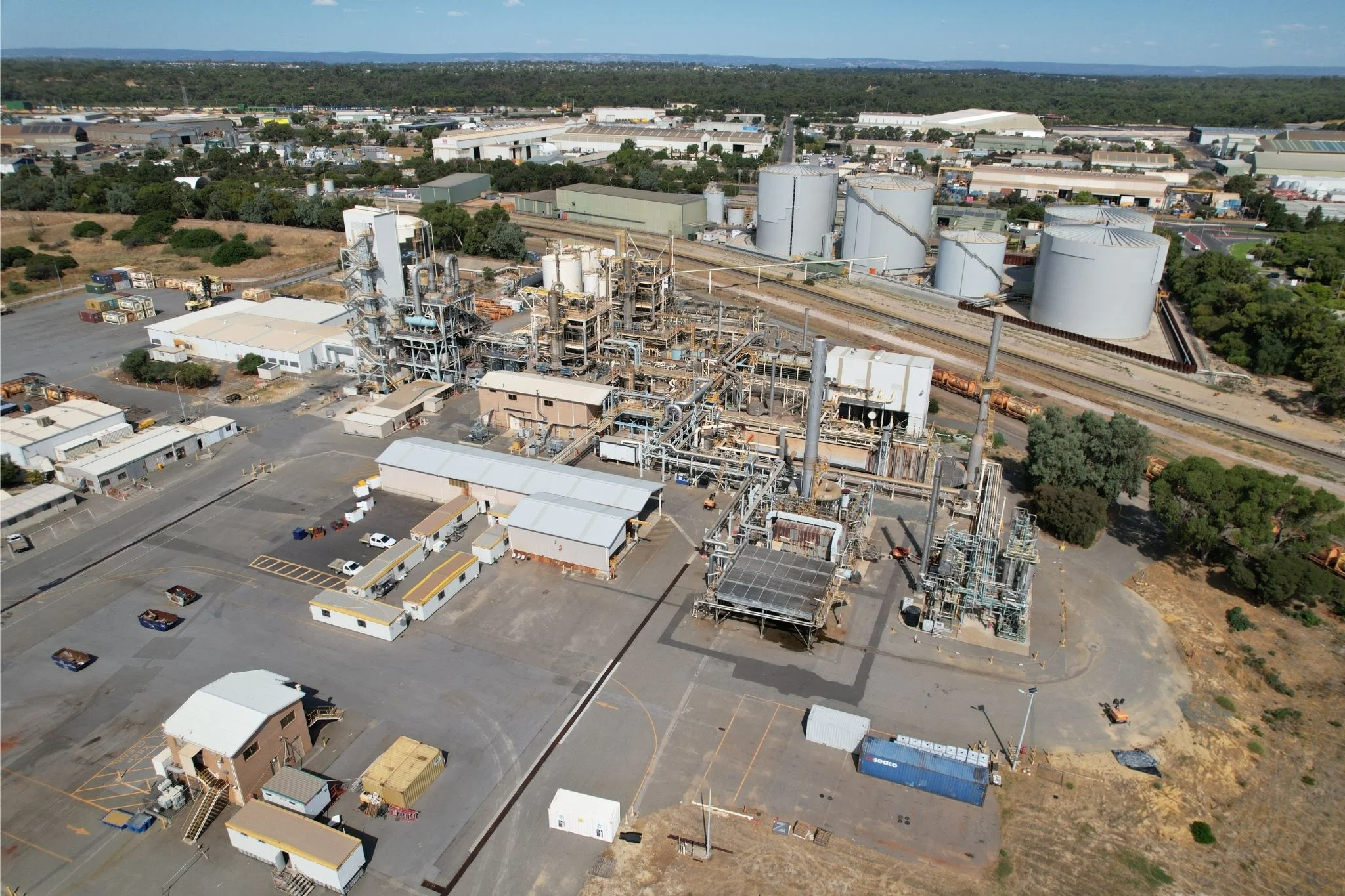
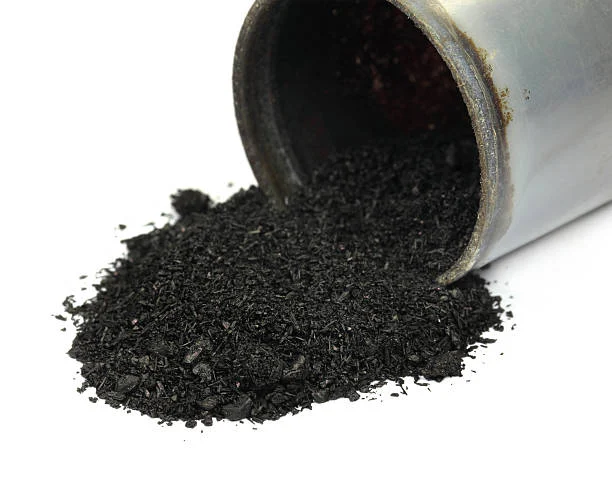
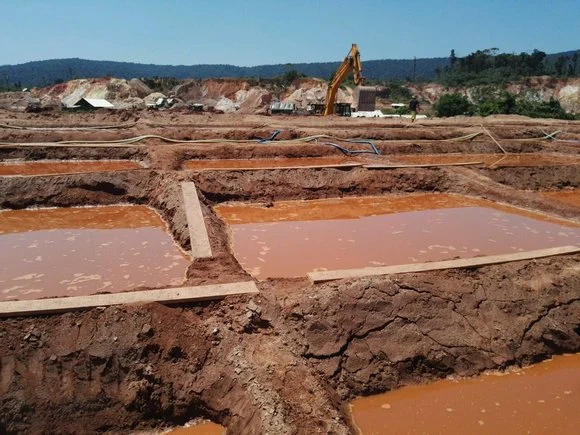
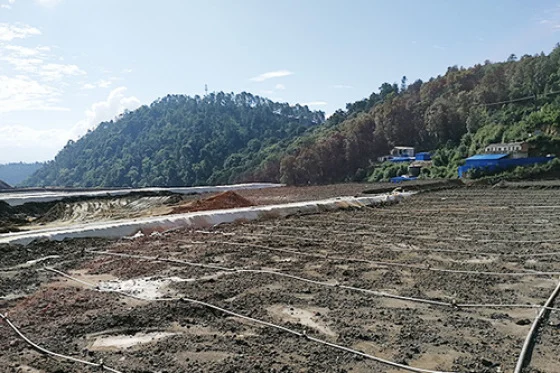
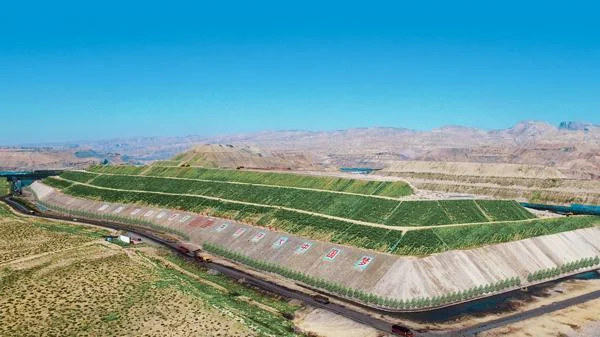

Leave a message with your needs or comments
Add comment: